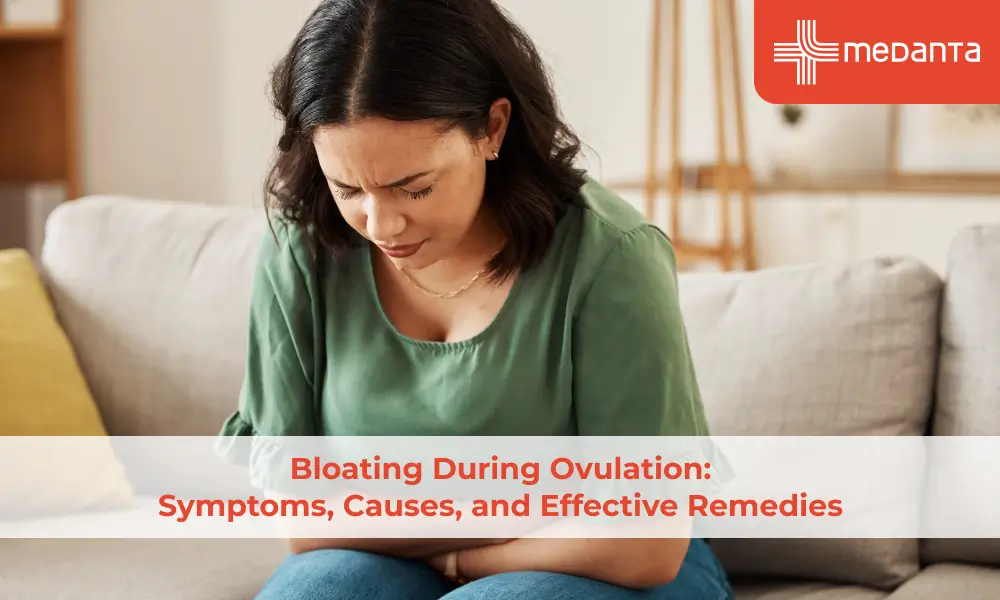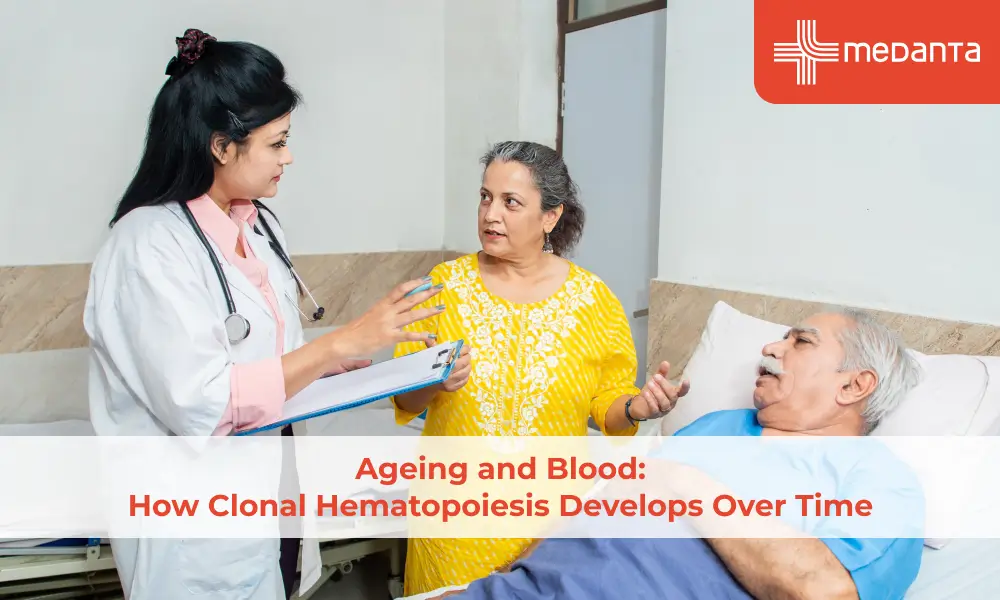Retinoblastoma: What You Need To Know About The White Spot In Your Child's Eye

Retinoblastoma is a form of eye cancer that originates in the retina, the delicate lining located on the inner side of the eye. Typically, it initiates as a compact tumor on the retina, which can swiftly increase in size, posing a risk of eye and vision impairment if not identified promptly. Early diagnosis offers the opportunity to confine the tumor within the eye and achieve a complete cure. However, if left untreated, there is a potential for the cancer to metastasize to other areas of the body, including the brain, bones, and lymph nodes.
What is Retinoblastoma?
Retinoblastoma can impact one eye (unilateral) or both eyes (bilateral). A less common type, cavitary retinoblastoma, forms hollow spaces within the tumour. Retinoblastoma is the most prevalent eye cancer in children and it impacts approximately 1,500-2,000 children each year, constituting nearly 25% of the worldwide disease burden. Retinoblastoma appears as a small eye tumour, growing swiftly and posing a risk to vision if not treated promptly.
The chance of a child getting retinoblastoma is about 1 in 15,000-18,000. Kids with family history face a 50% risk. This cancer mainly targets those under five, rarely occurring in older kids or adults. The hereditary kind links to a specific RB1 gene mutation, inherited or spontaneous.
Signs of hereditary retinoblastoma include family history, multiple eye tumours, or both eyes affected. After treatment, regular eye check-ups are advised for potential new tumours.
Early detection allows for effective treatment and often leads to a complete cure when the tumour is confined to the eye. Neglecting treatment, however, can result in the cancer spreading to the brain, bones, and lymph nodes.
Retinoblastoma Symptoms
Recognizing the symptoms of retinoblastoma is crucial for early detection and intervention.
- The primary symptom is a white reflection in the eye, noticeable instead of the typical red colour when exposed to light, often observed in flash photographs of the child. Other symptoms include:
- Crossed eyes
- Pain or redness in the eye
- Inflammation or infection around the eye
- An abnormally large eyeball
- Cloudiness or haziness in the coloured part of the eye and pupil
Diagnosis of Retinoblastoma
Prompt and accurate diagnosis is essential for determining the appropriate course of treatment. Diagnosis involves several key steps:
- Physical exam and health history: The doctor conducts a general physical exam and gathers the patient's health history, including any family history of retinoblastoma.
- RB1 gene test: This laboratory test examines a sample of blood or tissue for any changes in the RB1 gene.
- Ultrasound: This deploys potent sound waves, forming echoes within the eye's internal tissues to craft an image of its interior.
- MRI: MRI utilises a magnet, radio waves, and a computer to generate intricate images of the eye and its neighbouring regions.
- Eye exam with dilated pupil: The pupil is dilated with medicated eye drops to allow the doctor to examine the inside of the eye. This may be done under anaesthesia in young children.
- Ophthalmoscopy: The doctor examines the retina and optic nerve using a magnifying lens and a light.
- Fluorescein angiography: A special camera takes pictures of the retina and choroid after injecting a fluorescent dye into a blood vessel in the arm.
- Electroretinography: This eye test uses light and small electrodes to study the function of the retina during and after treatment.
In the early stages, laser therapy and chemotherapy are commonly employed to treat retinoblastoma, preserving the life, eye, and vision of most children. Advanced stages may require more intensive treatments, such as surgery. Newer treatment options like intra-arterial chemotherapy and plaque brachytherapy have shown promise in preserving the eye in children with advanced-stage cancer. For those who have undergone eye removal, appropriate prosthetic rehabilitation is necessary to facilitate normal integration with their peers in school.
Detecting and addressing retinoblastoma early is vital for optimal outcomes. Routine eye check-ups, especially for kids with a family history of this condition, are essential for spotting signs promptly. Employing diagnostic tools and diverse treatment approaches, healthcare experts aim to safeguard the health of children with retinoblastoma, empowering them to live fulfilling lives.
This blog has been converted from the PR Article - Retinoblastoma: All You Need To Know About The White Spot In Your Child's Eye






